10 years of inspiration.
When I write ‘Photography books’ I am not referring to tomes dealing with the dry arcana of Photoshop. Rather, I mean books of photographs by great photographers, books meant to inspire and improve one’s own vision.
On that basis very little of substance has been published during the decade I have been writing this journal and one might go further and say that very little of substance has been published since Henry Fox Talbot was knee high to a grasshopper. The same goes in most fields of endeavor. There are only a few great, memorable buildings in the world. A few great leaders. A few cars. A few scientists. A few artists. A few great composers. You name it and Pareto’s principle is not 80/20 but rather 99/1. 99% of most every genre is garbage.
And so it is with photography books.
Click here and you can see the contents of my library of photography books, some three hundred all told. They lie merrily around the abode in absolutely no sort of order, an approach based in the simple belief that a good photography book should always come as a surprise. A long lost friend made new again when savored after a long absence.
And while reading devices like tablets and cell phones have obsoleted most books the one genre which remains untouched by this technological upheaval is the art book. Can you imagine enjoying Raphael’s frescoes or Cartier-Bresson’s masterpieces on a poncy 11″ display? No.
What are the qualities which makes a photography book great? The one which must surely take first place is repeatability, by which I mean that every time you return to it you see something new. Your pulse rises and you ask “How did he see that?”. So if forced to name just five favorites for the proverbial desert island, a location devoid of the culturally arid expanse that is Facebook, the choice is surpassingly simple.
1 – Steam, Steel and Stars by O. Winston Link.
‘Breathtaking’, like ‘gay’, is a once charming word which has lost all meaning, overuse and abuse having confined both to the status of grammatical detritus. Yet used in the traditional sense, the one in which maybe a Spitfire pilot might have used it about his machine when battling the Hun in the skies over London in 1940, Steam, Steel and Stars is so obviously the greatest chronicle of a bygone age that this photographer has seen. It is breathtaking.
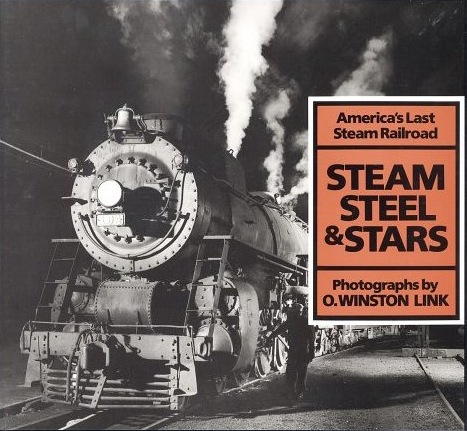
Click the picture for Amazon US.
More than documentary, it’s a passionate memoir of the last days of steam seen through the eyes of a photographer who spared no effort in lighting his subjects – be they trains or the people charged with their care and nurture – invariably at night. And it’s literally breathtaking when you realize that as often as not his miles of cabling for the complex flash apparatus used would be severed by the very subject illuminated, as the train thundered over the wires. An absolute masterpiece and you cannot call yourself a photographer if it’s not in your library.
2 – Henri Cartier-Bresson – The Man, the Image and the World.
Realistically, just about any HC-B book will do. It’s the images which matter not the invariably blathering, pseudo-psychological texts which accompany them.
Those lucky enough to own his first – Images à la Sauvette – probably have the finest précis of the man’s oeuvre, and if you want the early HC-B, still mightily influenced by his painting teacher, the surrealist André Lhote, that’s a fine place to go. Sadly, it’s rare and costly, so the choice here – more comprehensive in its coverage – is a suitable alternative.
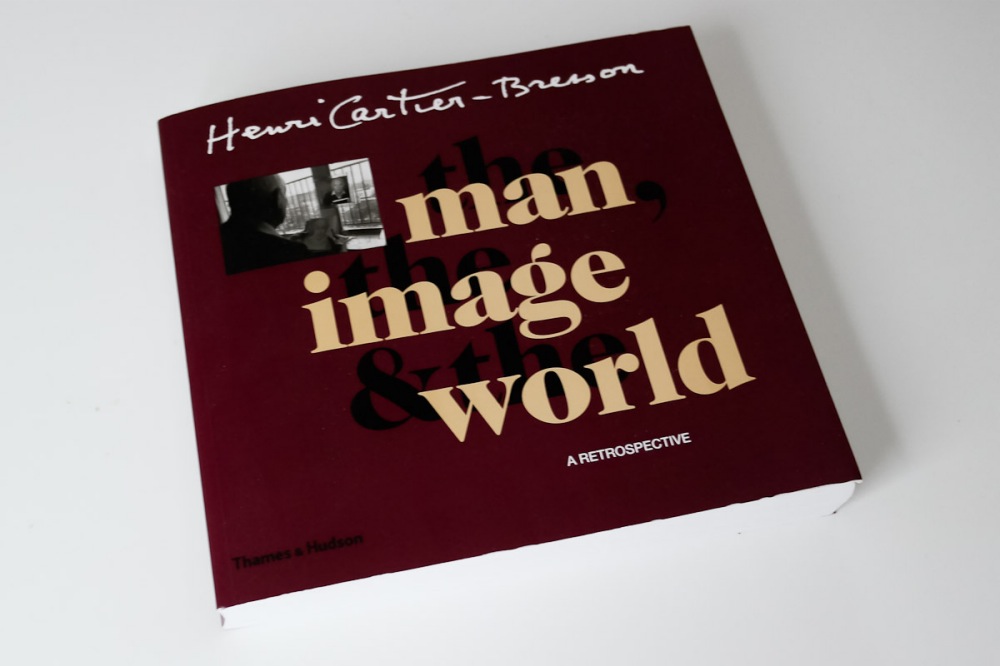
Click the picture for Amazon US.
When negotiating with the prickly Charles de Gaulle, France’s greatest post war leader, Churchill once remarked “I have the cross of Lorraine to bear”. But even WSC knew that a world without the French, a world without Paris, without Parisian culture and gastronomy and clothing and light and sheer style, would be a worse place. And complain as one might about the cowardice of the French in the face of the Germans in 1940, of their Vichy government and its collaborationist ways, if you do not love France and its culture you simply do not get it. We have their weakness to thank for the fact that Paris, that most perfect of cities, survived unscathed. Krupp’s guns were directed at the land of my parents and then on the land of my upbringing, but mercifully not at Paris.
And it’s hardly a wonder that the greatest slice-of-life snapper ever was French. Arguably he could not have originated anywhere else.
3 – Paris by Night – Brassaï.
And speaking of Paris, never was that wonderful city done greater justice than in Brassaï’s – yes, breathtaking – slim tome of night pictures. More than breathtaking, it’s magic and is likely the only book I own where you can smell the city. In Paris de Nuit the Hungarian émigré, to use modern vernacular, absolutely nailed it, in that most welcoming of cities for artists and revolutionaries.
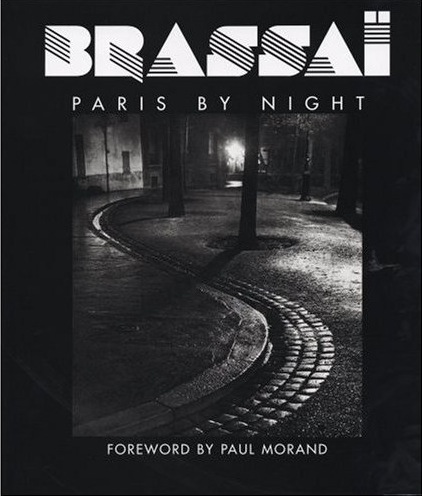
Click the picture for Amazon US.
I confess to being so fond of this book that it’s within arm’s reach, as often as not.
4 – Horst, His Work and His World.
Another émigré who was to leave his definitive stamp on the world of photography is Horst P. Horst. The young German had wisely changed his name from Horst Bohrmann when immigrating to New York, where his talent was immediately noticed – first as a model then as a photographer at American Vogue. American Vogue may not have had the style of it’s French counterpart but it had great couturiers galore in Horst’s time and, of course, Americans were rich and willing to support them. (British Vogue can be largely dismissed as English women of the period were clueless about clothes sense. Horses and tweeds may go together but it’s not a pastime supportive of haute couture).
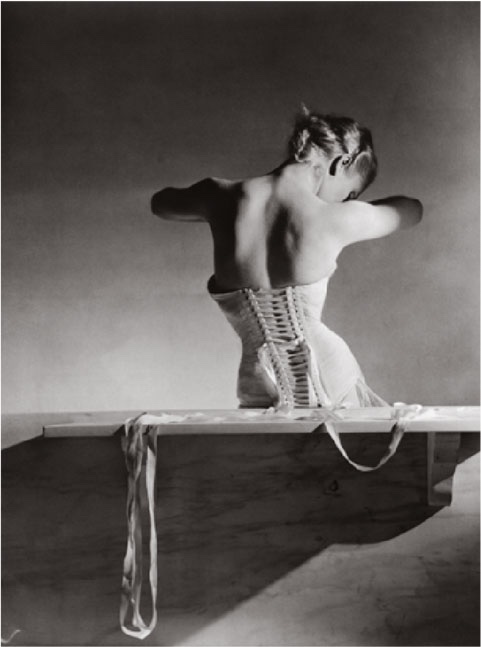
Click the image for Amazon.
Horst is the master of the formal, carefully staged, studio portrait, his work putting the efforts of the likes of Cecil Beaton to shame. The famous corset image, above, is of none other than Lee Miller who went on to becone a great photographer (and lover of Man Ray, no less) in her own right. Her experience of seeing the Nazis’ death camps almost destroyed her as it would many a man.
In much the same way that Brassaï’s images of Paris at night will never be surpassed, one can comfortably place Horst’s studio work in the same category of excellence.
5 – Nature’s Chaos by Eliot Porter.
This lovely book was a 1990 Christmas gift from a great American capitalist and his playwright wife with the charming inscription “These photographs remind us of your work”. Roy and Carol had always made their magnificent Venice Beach home open to me with its expansive displays of art and sculpture and their generosity in turn inculcated in me that great American spirit of philanthropy.
Their inscription was more politeness than accuracy, as I am generally completely clueless about nature photography, but the book is special. Porter has published many books of his images, and this one is as fine as any. There is nothing remotely picture postcard about his work which tends to abstraction and thoughtfulness.
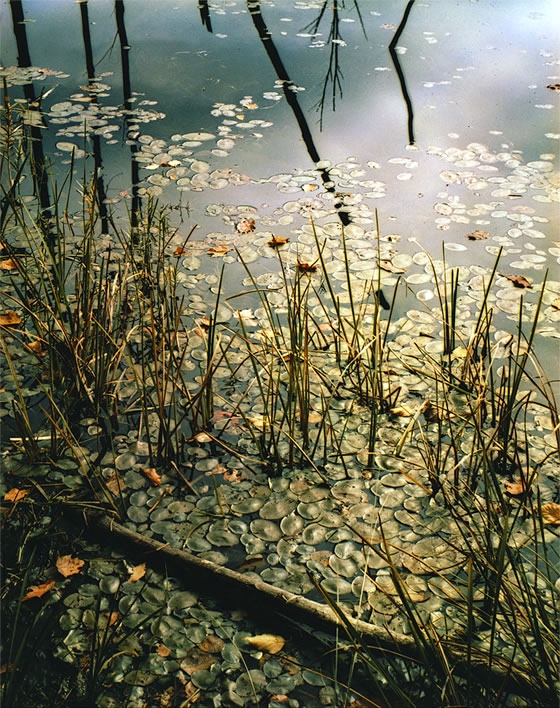
Click the image for Amazon US.
So there you have it. My five most favorite photography books, ones from which I have learned much and continue to learn more. And ten years earlier I very much doubt that short list would be any different.
Click here for an index of all my book reviews.